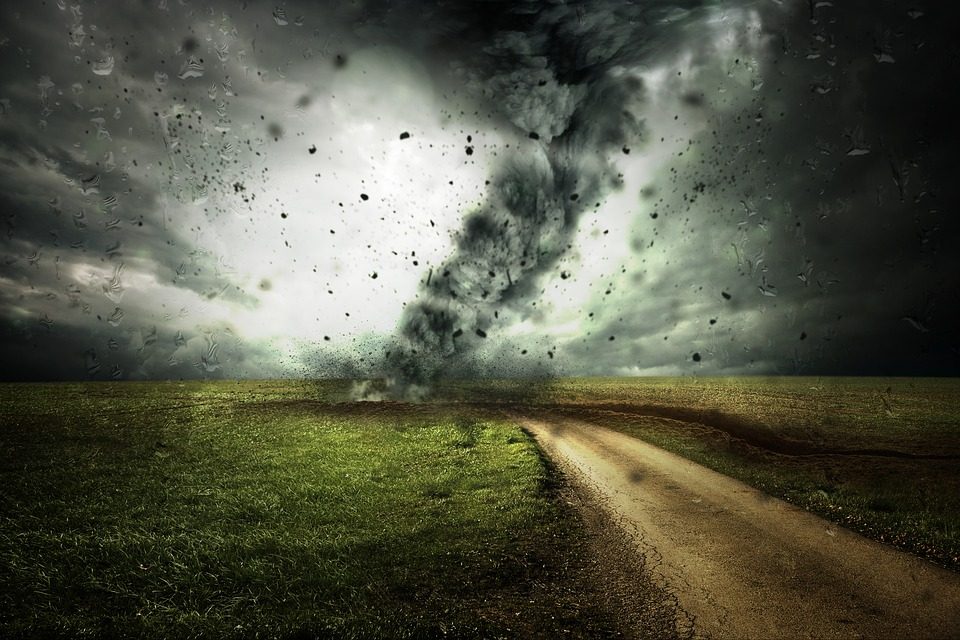Diversity
“A range of different things” (Oxford University Press, 2018)
There are two aspects that we covered within the diversity topic, Biodiversity and Cultural Diversity.
Biodiversity…
…is the topic of species and their genetic makeup as well as the different ecosystems, habitats and natural communities that the different species live in. This is an important topic to cover as it teaches children the how animals and different species evolve and adapt and the many places they live around the world. This links in with the topic of the environment and the different species that live our own environment as well as the more exotic animals that live in different countries. Teaching and learning about the positive impacts of different species is important but its also important that we have knowledge about the negative impacts on biodiversity such as the threats caused by habitat loss and destruction, climate change, pollution, over-exploitation and the spread of diseases. This is an area of biodiversity that we can link in with climate change as it crosses over with many over the areas within that topic such as destruction of land and habitat and pollution. For this area of diversity is would be appropriate to look at tasks involving food chains and ecosystems.
I managed to make some of these links while carrying out community service in the university garden and it helped me become more imaginative in the ways we could teach children outdoors and how letting them experience what we are trying to teach them is more beneficial to them than being kept indoors. I also feel more motivated from doing this and eager to show children the differences they can make in their community and benefit the habitats around them.
Some resources that could be used can be found at Primary Resources.co.uk which includes tasks on living things in the environment, micro-organisms and mini beasts all topics that link with biodiversity and the environment. These resources are available at http://www.primaryresources.co.uk/science/science2e.htm
This video from the series The Dr. Binocs Show could also be used to show and teach children about ecosystems and nature:
Cultural diversity…
…[Culture] is that complex whole which includes knowledge, beliefs, arts, morals, laws, customs, and any other capabilities and habits acquired by [a human] as a member of society.” [Tyler, E. (1986) cited in UNESCO (2017)].
This aspect of diversity allowed us to discuss our ideas about humanity and the different values within society and the rights we have. Getting the chance to discuss as a group allowed us to see the views of other people and what their ideas about values and rights were. There are 30 articles within the United Nations Universal Declaration of Human Rights and the purpose of these rights is to “bring peace to all nations of the world”. (Youth for Human Rights International, 2018). I found this topic very interesting as before starting it I only had a very basic knowledge about it from what I had been taught at school and the knowledge I had gained from life experiences about our rights and laws. It’s part of our job to make sure that the children we teach are aware they have rights even as children, the “Curriculum for Excellence challenges schools and communities to develop children and young people as responsible citizens who show respect for others; who understand different beliefs and cultures; and who are developing informed, ethical views of complex issues. Children and young people need to know why discrimination is unacceptable and how to challenge it. They need to understand the importance of celebrating diversity and promoting equality” (Scottish Government, 2012).
This is a lot to try and get across to children however we need to give them an environment where they can be themselves and be respected and express their views and personalities without the fear of being judged or bullied for these views and values. Even though we have to allow children the chance to fit in we also have to encourage them to stand out and be different because that’s what makes them who they are. Knowing who they are and knowing their identity is so important and giving them the chance to grow and reach the potential is part of job and showing them that diversity is what makes us different but also what brings us together.
This is discussed in a TedTalk by Rebeca Hwang: The power of diversity within yourself:
(TED Conferences, LLC, 2018)
Reference List:
ÒUNESCO, (2017) [online] Available: http://unesdoc.unesco.org/images/0012/001271/127160m.pdf#page=10 (Accessed 12th November 2017).
Oxford University Press (2018) Diversity, Available at: https://en.oxforddictionaries.com/definition/diversity (Accessed: 2nd November 2018).
Scottish Government (2012) Promoting Diversity and Equality: Developing Responsible Citizens for the 21st Century. [Online] Available:http://www.educationscotland.gov.uk/Images/Promoting_DE080313_tcm4-747988.pdf (Accessed: 2nd November 2018).













































